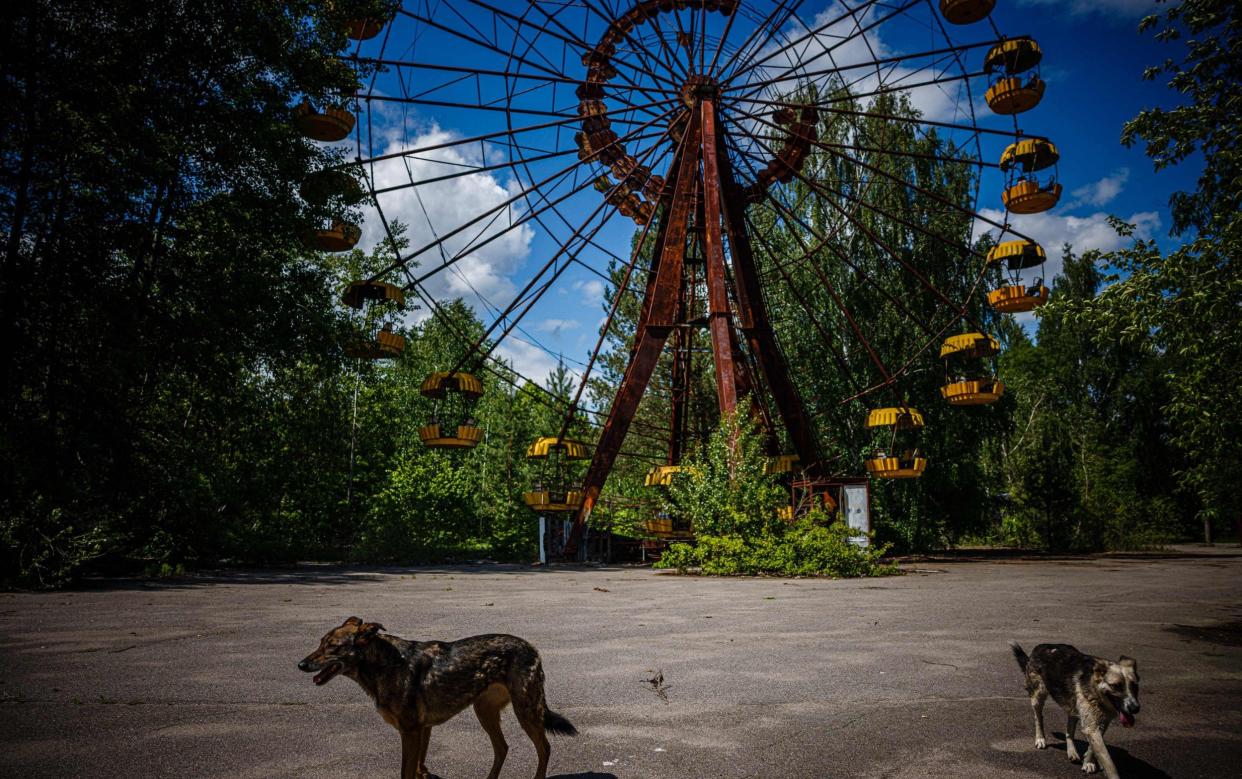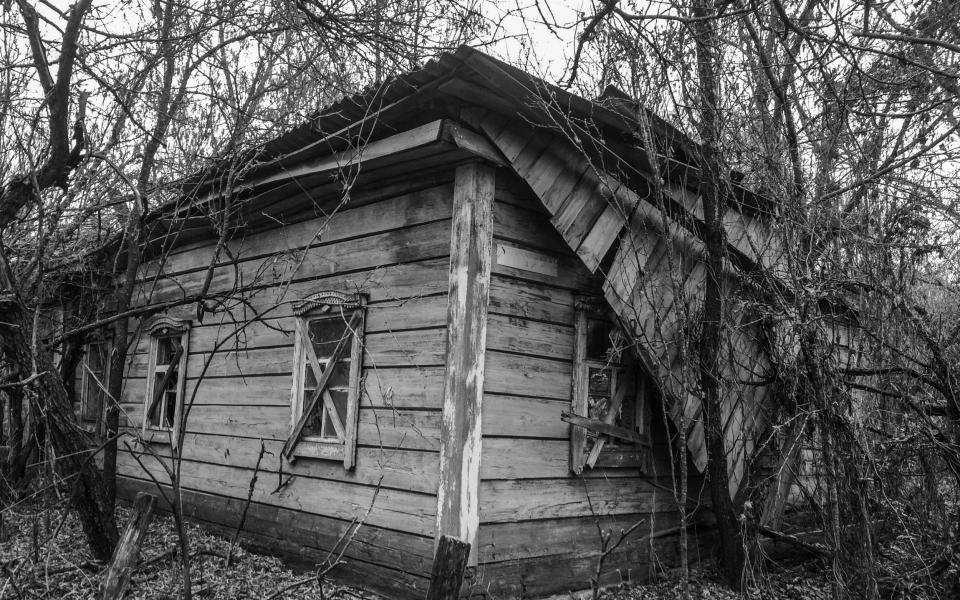Meet the madman who spent 200 days in the Chernobyl Exclusion Zone

Chernobyl exerts a magnetic pull. Documentaries, horror films, Die Hard 5 and, in 2019, an award-wining television drama have all visited the poisoned well. More soberly, there is Chernobyl Prayer, the Nobel Prize-winner Svetlana Alexievich’s mighty oral history. None of these quite prepares you for the electric shock administered by Stalking the Atomic City.
Markiyan Kamysh was born in 1988, two years after the nuclear accident at Chernobyl, where his father volunteered to work in the clean-up operation. The son paid his first visit to the evacuated Exclusion Zone in his early 20s, and was drawn back to “Chornobyl”, as it’s called in this translation from Ukrainian, again and again. Covering 1,000 square miles, there was always more terra incognita to explore beyond the ghost town of Pripyat. By 2014, when he came to write up his travels, he had made 60 trips, spending 200 days in the Exclusion Zone and walking 4,000 miles. He only stopped going when the Russians invaded.
What tempts him? He can hardly explain that himself. When the question is put to him by a taxi driver who ferries “stalkers”, as illegal visitors are known, to the perimeter fence of the Exclusion Zone, he mumbles something about the beauty of overnighting in abandoned villages and the adrenalin hit of being chased by police. More than that, he revels in entering a snapshot that turns to sepia before his eyes, a crumbling museum to Soviet optimism stripped bare by looters and time. History is written into the walls of this frozen neverland. “We’ll beat you, Reagan!” vows a defiant graffito. The radar station at Chernobyl-2 is like “30 Eiffel Towers in a dense row”.
But the quest goes deeper. Each trip becomes a hazing ceremony conducted upon the self. This hell becomes his heaven, where he seeks out nature at its most cleansingly cruel. The title of the opening chapter is “The Downpour”. Things get worse in winter, where, to see in a new year, he wades for miles through snows that can be knee-deep, balls-deep, even chest-deep. His life is reduced to a hunt for heat. As for native species, he soon loses his fear of wolves and boar and other less taxonomised demons. But a lynx protecting her cubs is “more frightening than all the police officers in the world”.
Kamysh tells himself he’ll never return, like an addict convinced he’s just had his last fix. Then he returns. “I’ve found peace here,” he accepts. “The peace of a country house I don’t have.” After every visit, he slumps into his bed in Kyiv “an absolutely happy person”. Where his rage against conformity comes from is not explored. It’s a paradox: visiting a place that has been declared dead makes him feel alive.

How long he will actually remain alive is a question that hovers. The subject of radiation bores him. “We know how stupid our escapades are, but still…” One day, he expects the bill to come in, submitted by “the entire bottom part of the periodic table”, and then he and his fellow travellers will reconvene in a Kyiv cancer ward. If he hasn’t frozen to death in a swamp, that is.
Stalking the Atomic City is thus, among other things, a suicide note. Also an existential travel guide and an experiment in gonzo psychogeography, it stirs obvious comparisons with Hunter S Thompson, though he went no further off-grid than Vegas. Spiritually, it feels more akin to the literature of mountaineering, where the life wish and the death wish go head to head.
The book’s downside is its whiff of self-admiration. For the one-time thrill seekers – tourists in camouflage ticking Pripyat off the list, Instagrammers stealing the zone’s secrets with long lenses – Kamysh has nothing but contempt. So pure, so solitary are his own experiences of alienation in Chernobyl that, like Spinal Tap’s Nigel Tufnel forbidding anybody to touch or even point at his favourite guitar, he’d probably prefer no one to read this slim, mesmerising account of them.
Stalking the Atomic City by Markiyan Kamysh is published by Pushkin at £12.99. To order your copy for £10.99, call 0844 871 1514 or visit Telegraph Books

